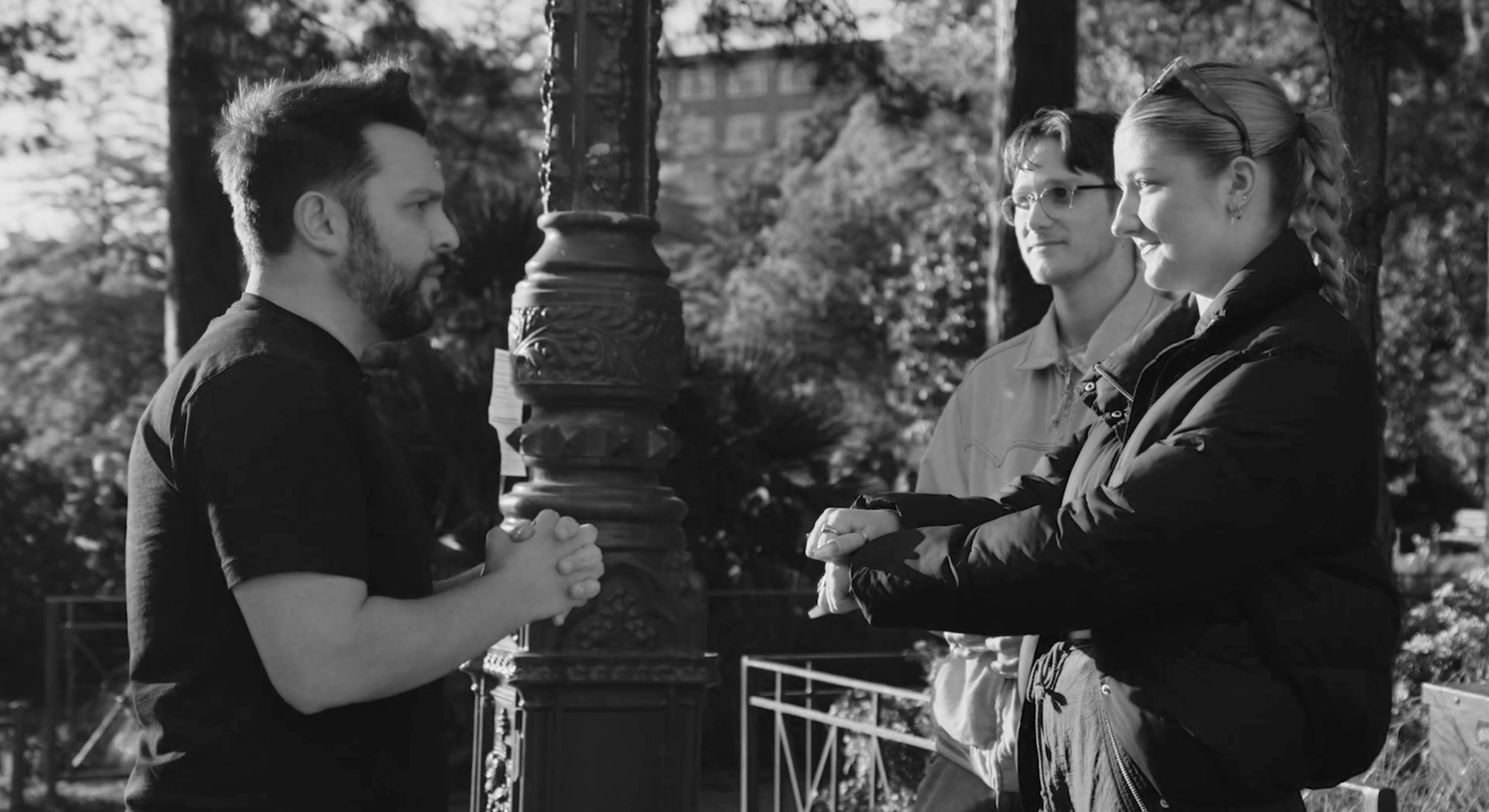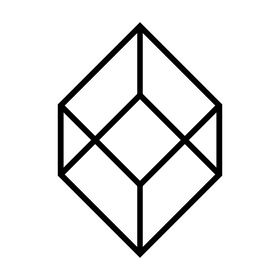Powerful questions

What is your favourite colour? What brings you comfort after a stressful day? Are you left- or right-handed? What did you want to be when you were a child? What’s a piece of music that moves you? Do you like potatoes? Sorry, dumb question. What’s your favourite potato? There. Fixed.
Questions have power. A well-curated question can fundamentally change how we understand each other. It’s how we build relationships and engage in shared moments of authenticity. It’s also a well-touted misdirection ‘theory’ in magic.
Arturo de Ascanio was the first to formally describe ‘Clouding Questions’ as a strategy to control the direction of attention (see Etcheverry, The Magic of Ascanio 1, p 79). Many magicians have since built on the formal framework Ascanio offered, but the core principle remains the same: questions direct attention.
Once a question has been posed, the participant’s attention is fully occupied. It takes mental energy to process what is being asked and formulate a reply. Most importantly, this applies not just to the intended recipient but all observers as well. It is natural that when we hear a question, we spend a moment interpreting our own thoughts as if we were asked it directly. Used deftly, this provides a cognitively invisible moment within which a sleight may be cloaked. Ben further breaks down the effect of questions in the moment of changing a card in New Theory Switching. Family Members will easily recognize this psychological technique used to deadly result in multiple effects.
There’s more to it than merely asking a question at the right time. The super secret yummy sauce that makes this work is how you ask. You have to actually care and want to know their answer. All humans are emotionally communicative creatures; we subconsciously pick up if someone is genuinely interested in what we say. We show this through body language, our eyes, our tone, everything. This isn’t something to be faked. Instead, be present and ask questions to which you want to know the answer.
Yes, “Are you left- or right-handed?” is not the deepest of questions, but often, we only give lip service. Our participants pick up on the fact that we’re following a mechanical procedure. Instead, really be curious about their dominant hand. Try to guess it internally before and ask them to see if you’re correct. In your internal dialogue, think about how their dominant hand may change how you hand them a card.
Roberto Giobbi succinctly summarises how questions can be both closed and open (Sharing Secrets, p. 30). Closed questions are quick and elicit definitive answers (yes/no, left/right, etc.). Open questions necessitate more thought and time. Consider your questions wisely in context to the moment being masked. What are you trying to facilitate with the question? Closed questions are over quickly, making the moment disappear, while open questions stretch time and draw others into listening to the response. Questions can communicate, build, direct, and reframe.
There’s beauty to a thoughtful and genuine question. Consider them not only in a mechanical context but in how they can facilitate and create a real magic effect. Focus on the moment, not the mechanical theory. Question your questions.
If you ask about a thought, decision, hope or dream, actively listen and be curious. But what if you don’t care about their response? What if you’re dead inside? Well, fake caring so masterfully, until it becomes easier to genuinely care and listen than engage in the labour of acting. The results will astonish you.
What’s your favourite potato?
We are listening.
Subscribe to our newsletter to access this content for free




On the spot Ben, questions are so powerful.
I start to use “inclusion” questions as opening in my job’s meeting and this works so well. People have to put away their thoughts and genuinely be present to share their personal response to the question – open one preferably – and this changes the mood of the meeting.
Leave a comment